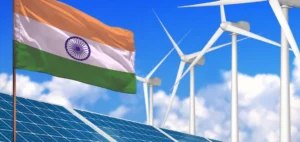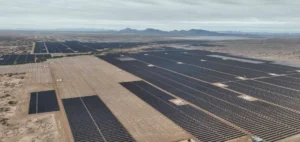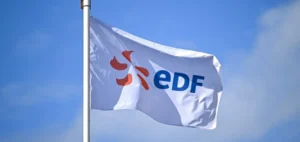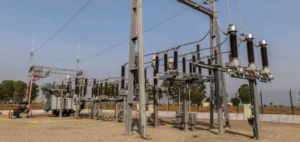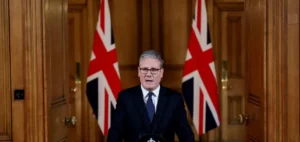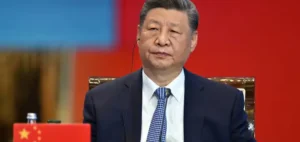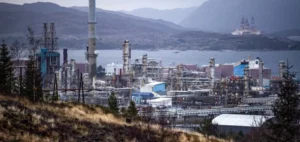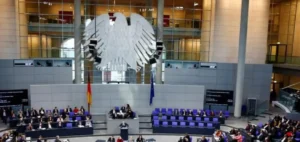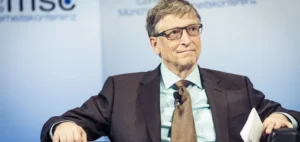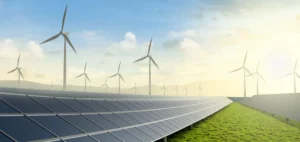The collaboration announced by the French Ministry of the Armed Forces with EDF aims to use the Civaux reactors to produce tritium, a key component of nuclear weapons. This partnership, the fruit of a process of reflection initiated in the 1990s, is part of a long-term planning process for defense industrial facilities. The process involves the irradiation of lithium-containing materials in the reactor cores, without impacting the plant’s normal electricity production. A specific agreement will provide the framework for this project, defining the roles and responsibilities of each party.
Required safety assessment
Prior to implementation, the project will require a thorough safety assessment. Modifying reactor operating parameters for irradiation requires in-depth analysis to ensure safety. EDF plans to submit a modification dossier to the French nuclear safety authority (ASN) in 2024, thus beginning the formal assessment process.
Tritium production: a technical challenge
Tritium, an isotope of hydrogen, plays an indispensable role in deterrent weapons, but is complex to produce and maintain. Its short half-life means that existing stocks are halved every twelve years, requiring regular production to maintain deterrent capabilities. Historically, France produced tritium at Marcoule, but these facilities were dismantled in 2009, prompting the search for alternative solutions for this critical production.
An initiative that makes economic sense
The decision to use EDF’s existing reactors for this new generation reflects a cost-effective approach, avoiding massive investment in new infrastructure. This project thus represents a pragmatic solution for perpetuating France’s deterrent capabilities at a controlled cost. By maximizing the use of existing nuclear facilities, France secures its supply of tritium while optimizing available resources.
Impact on local industry and sovereignty
The announcement of this new activity is welcomed as a step forward for local industry and national sovereignty, strengthening the industrial fabric of the Vienne region while contributing to the autonomy of French defense. The Civaux plant, chosen for its youth and future operating capacity, has become a strategic site for nuclear deterrence. This project, although limited to Civaux, marks a significant step forward in the integration of civil and military capabilities in the French nuclear sector.
The partnership between EDF and the French Ministry of the Armed Forces to produce tritium at the Civaux reactors symbolizes a strategic convergence between the civilian and military sectors. By combining civilian nuclear expertise with the requirements of nuclear deterrence, this project is a testament to the adaptability and innovation that serve national sovereignty.



